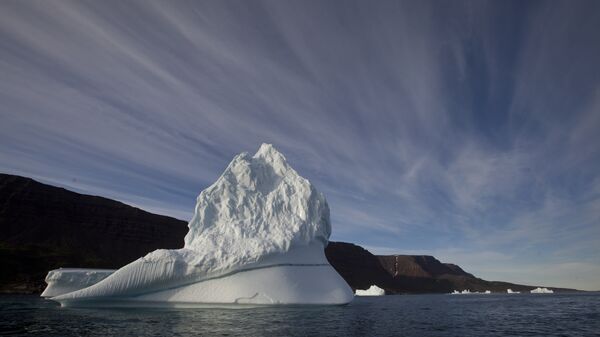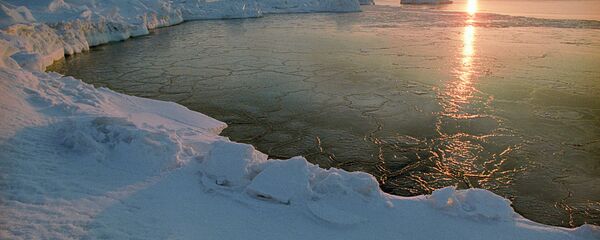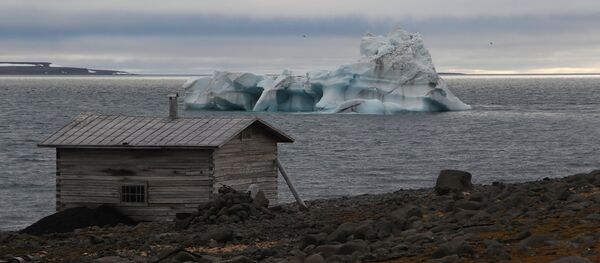According to a study recently published in the journal Science Advances, the Greenland ice sheet annually loses about 200-billion metric tons of ice more than was previously estimated.
Instead of losing an average of 2500-billion metric tons of ice from 2003 to 2013, Greenland has lost nearly 2,700-billion metric tons.
"If you look at the last 15 years since we've been having these measurements, it's clearly getting worse, the ice loss," said Michael Bevis of the Ohio University, a co-author of the study. "It is pretty scary," Bevis added.
Most calculations of ice sheet loss in Greenland are made by measuring the shrinking mass of the island via satellite. As ice dissolves, the island loses mass, a process that makes scientific sense. But as the heavy ice sheets melt, ground rises, both instantly and slowly, over centuries. The satellites can only detect change in mass, without inferring the ice mass change from the total mass change.
Some 40 million years ago Greenland passed over an extra-hot column of partially-molten rock that now lies beneath Iceland, activating volcanoes. The hotspot softened up rock and lowered the viscosity of the mantle below Greenland's east coast.
The new study involved GPS measurements of the Earth's crust. International teams spent years installing devices around the entire perimeter of the Greenland ice sheet, in an effort to determine the actual amount of ice melting.
"By refining the spatial pattern of mass loss in the world's second largest-and most unstable-ice sheet, and learning how that pattern has evolved, we are steadily increasing our understanding of ice-loss processes, which will lead to better-informed projections of sea-level rise," Bevis said, as cited by EcoWatch.
Senior research scientist at NASA's sea level and ice group, Erik Ivins, referred to the study as a significant breakthrough.




